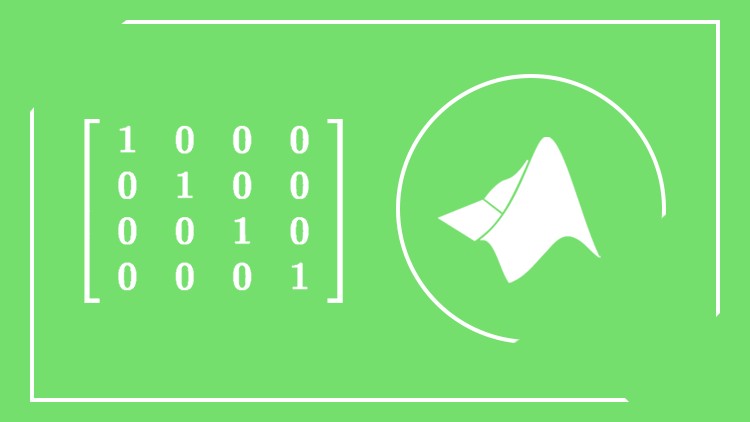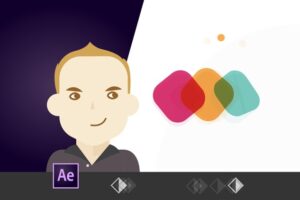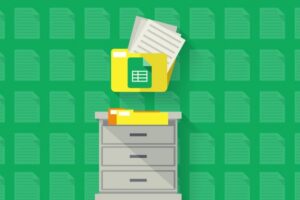MATLAB Basics for Beginners – Learn from Top Experts – Free Udemy Courses
Learn From Top MATLAB Experts In The Field – MATLAB Basics, Data Visualization, Conditions, Loops, and much more!
What you’ll learn
MATLAB Basics for Beginners – Learn from Top Experts – Free Udemy Courses
- Working Knowledge of MATLAB
- Customize MATLAB to Your Preferences
- Perform Various Arithmetic Operations with MATLAB
- Understanding of Vectors
- Understanding of Matrices
- Basic Data Visualization
- Basic Conditional Statements – If/Else
- Basic Loops
- Basic Functions
Requirements
-
MATLAB is already installed on your PC, free license works too
-
No Prior Coding Knowledge is Required
-
You will need ZIP software like WinZip or WinRar, to Unzip/Unrar the Source Code files
-
Desire and Need to Learn MATLAB
Description
This course will transform you from a MATLAB Novice into a MATLAB Master. The course was developed under the strict oversight of Hristo Zhivomirov who is one of the top 50 MATLAB contributors Worldwide (search for his name in Google).
The course is structured in a way that is suitable for both beginners and those that already have some experience with MATLAB, there is a lot of information for everyone.
Everything in our world today can be viewed as some kind of a matrix, and I’m not talking about the Matrix Trilogy. For example
- Measuring the temperature of a patient every 2 hours can be represented with a one-dimensional matrix, which is also called a vector
- A monochromatic (black and white) image is a two-dimensional matrix, the values in each cell in the matrix is representing the gradation of the gray color
- Measuring temperature in a room, for example, rooms are 3D, so we need x, y, and z to describe the position at which we take our measurements, and the value is the temperature, which is a three-dimensional matrix
- The measure now the change of that temperature over some time and the temperature becomes the fourth dimension
- Now add time to the mix and you get… the fifth dimension!
MATLAB has no restrictions on dimensions, you can work with 4, 5, 6, and more dimensions in a single matrix!
How to handle The Matrix: It is not necessary to look for the red pill like Neo had to – what you need is MATLAB, which means MATrix LABoratory contrary to popular belief. MATLAB is a programming language of a high-level and interactive programming environment that lets you easily implement numeric experiments and methods, allowing you to design algorithms, analyze data and visualize that data in a very, very powerful way.
You will learn:
- Variables, everything you need to know about variables in Matlab, their types or lack of types, converting between different types, naming conventions, the semicolon operator, and more
- Basic Arithmetic Operations in MATLAB, the most essential thing in this section of the course are the Brackets and the Order of operations, many beginners get lost when they encounter complex expressions, and you will become a master of those
- Right after that, we are diving into deep waters starting with Vectors, you will learn how to think in vectors and perform a variety of different operations on and with vectors. Concatenating vectors, extracting or selecting subvectors, and more
- Matrices are next on the line, but you won’t need any pills, because I have you covered, you will learn everything you need to know about working with Matrices in MATLAB and you will also learn a trick in this section that will help you optimize your code and make it run up to 100 times faster!
- Data visualization, because, well, what’s the point of working with Data if you can’t understand it or share it with other people, visualizing data is key in any area of work
- And finally, we get to the actual MATLAB Programming by utilizing conditional statements, loops, and functions to control the flow of your code, write less code, and make your code modular.
Each section contains a source code file at the end so that you can download and review the code that I have written in the lectures!
I hope that you will enjoy this course, as much as I did create it, so let’s dive right into it!
I welcome you to the course!
Who this course is for:
- Academics
- Researchers
- Engineers
- Students
- Anyone who has an interest in working with Data










